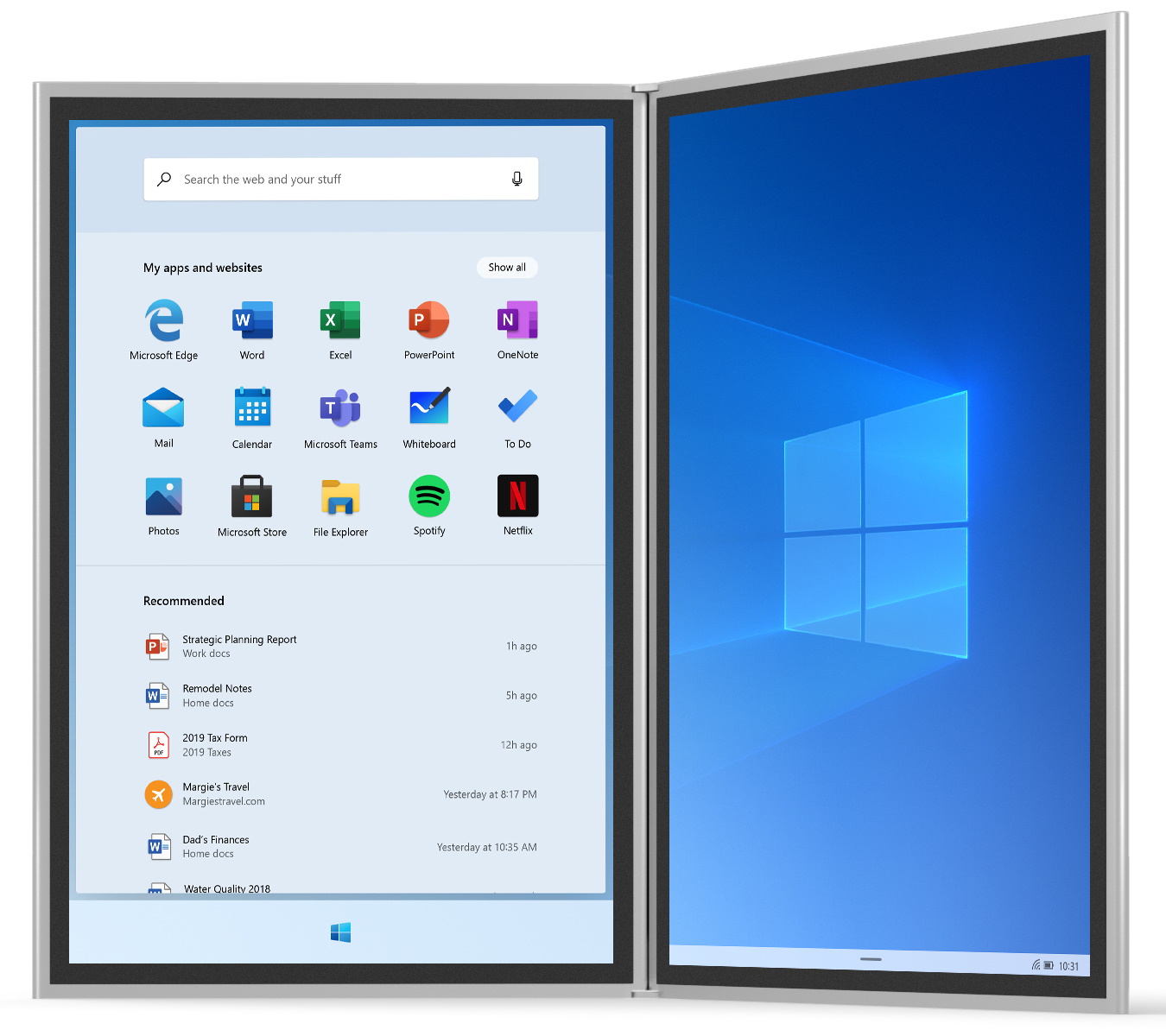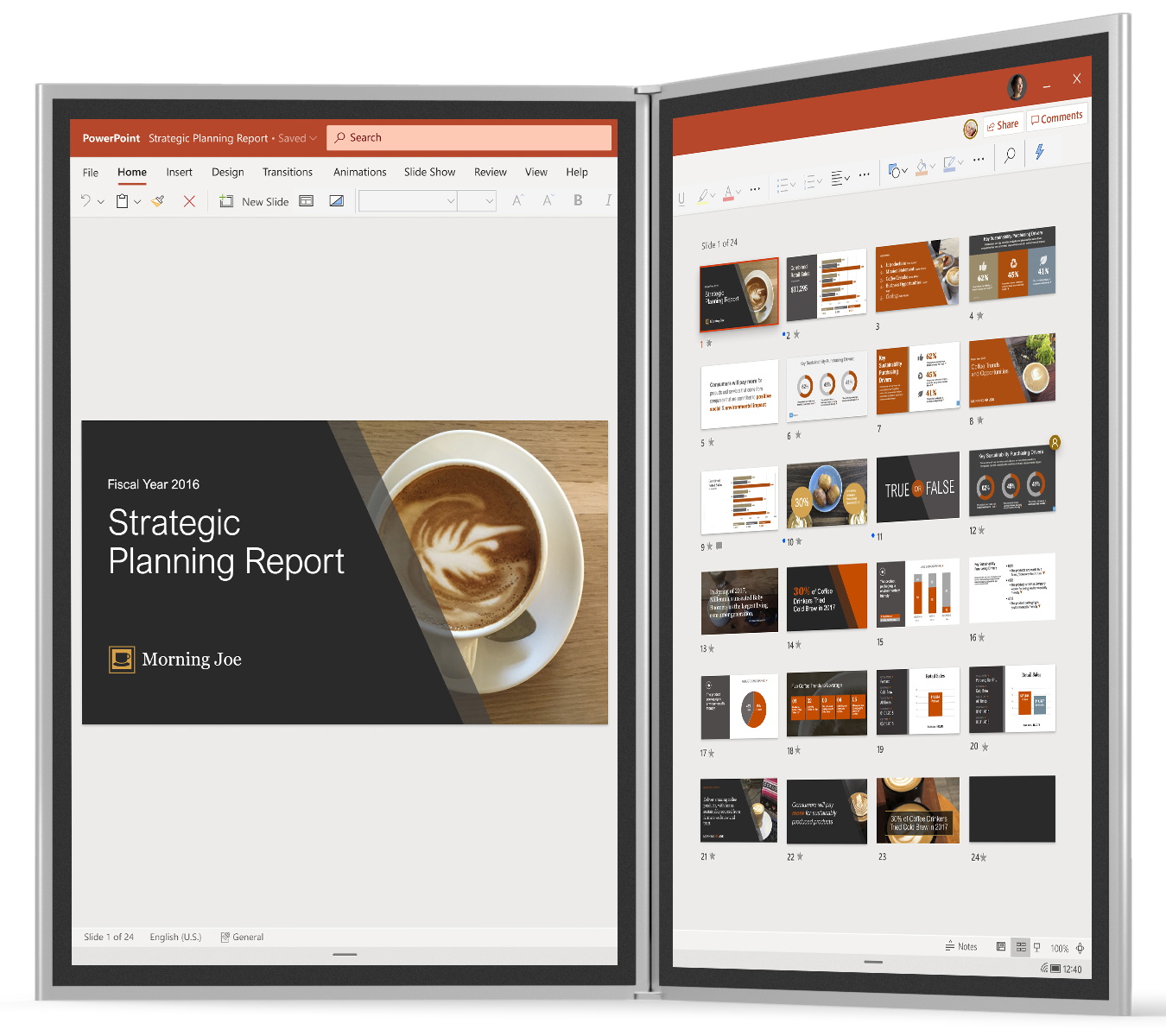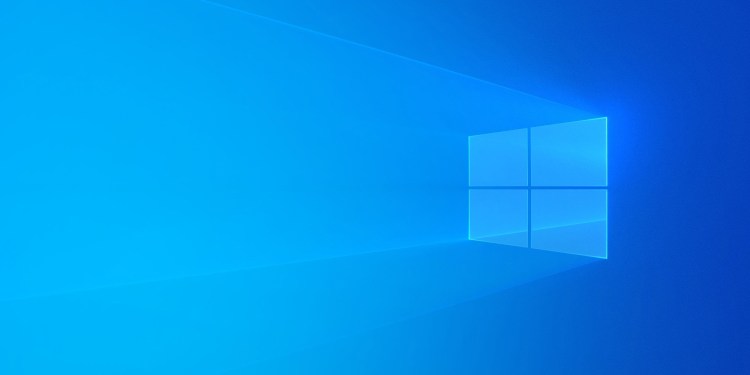Microsoft today announced Windows 10X, a new flavor of Windows 10 designed for dual-screen PCs. Windows 10X will power dual-screen PCs from Asus, Dell, HP, Lenovo, and of course Microsoft. But we won’t see them until holiday 2020. Microsoft teased the Surface Neo running Windows 10X at its event today. Lenovo unveiled what it called “the world’s first foldable PC” earlier this year.
Windows 10X will support devices that have either two different panels with a hinge or one foldable piece of glass. The only requirement is that the device’s two screens must each measure more than 9 inches diagonally. Windows 10X devices available next year will come with varying screen sizes, but the smallest will be 9 inches.

Dual-screen PCs aside, Microsoft has been working to modularize Windows 10 for years. After all, the company’s HoloLens, Surface Hub, and Xbox One all run a form of Windows 10. Adding support for the dual-screen PC form factor into Windows 10 has also been a multi-year journey.
June 5th: The AI Audit in NYC
Join us next week in NYC to engage with top executive leaders, delving into strategies for auditing AI models to ensure fairness, optimal performance, and ethical compliance across diverse organizations. Secure your attendance for this exclusive invite-only event.
Windows 10X is still Windows 10
With the Windows 10X name, Microsoft is trying to emphasize that this is not a new OS. Windows 10X is simply exclusive to dual-screen PCs. Existing Windows 10 users will thus not be able to get Windows 10X as an update — they’ll need to purchase a new device.
Take a look at Windows 10X. #MicrosoftEvent @windows @carmenzlateff pic.twitter.com/8FsIspI5ld
— Microsoft Surface (@surface) October 2, 2019
Microsoft offered a few examples to further drive home the point that Windows 10X is still Windows 10. There’s still a Start menu, though the design has been tweaked to flow across two panes, plus it’s better optimized for touch and can react to the posture your device is in.

Windows 10X can run web, UWP, and Win32 applications. For Win32 applications, however, Windows 10X uses a container that initiates a Win32 subsystem. As a result, Windows 10X devices only see the resource and battery impact of Win32 when they launch those apps. Microsoft didn’t share any details on a negative performance impact of running Win32 apps in a container. The company doesn’t currently have plans to bring this functionality over to Windows 10 on other devices, which have a single screen and usually bigger batteries. We’ll be watching closely to gauge the performance of Windows 10X once it arrives next year.

